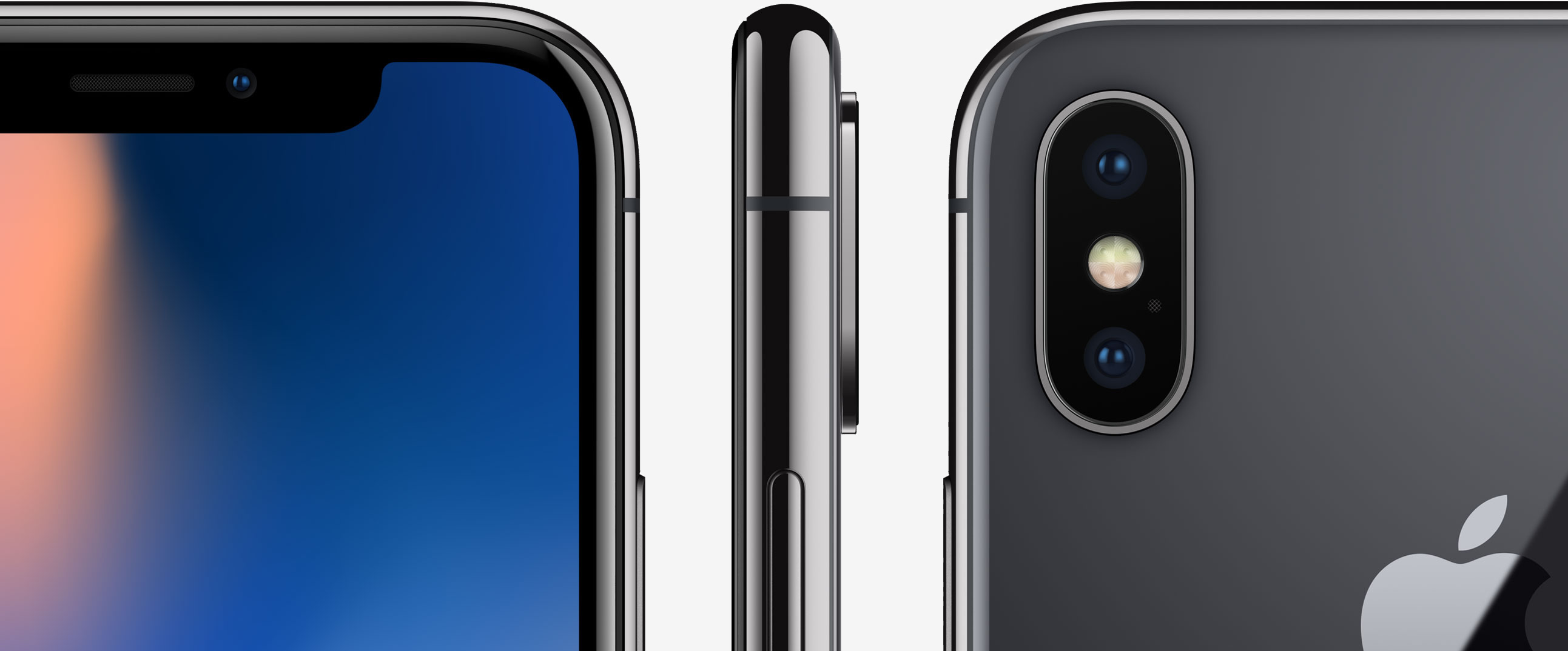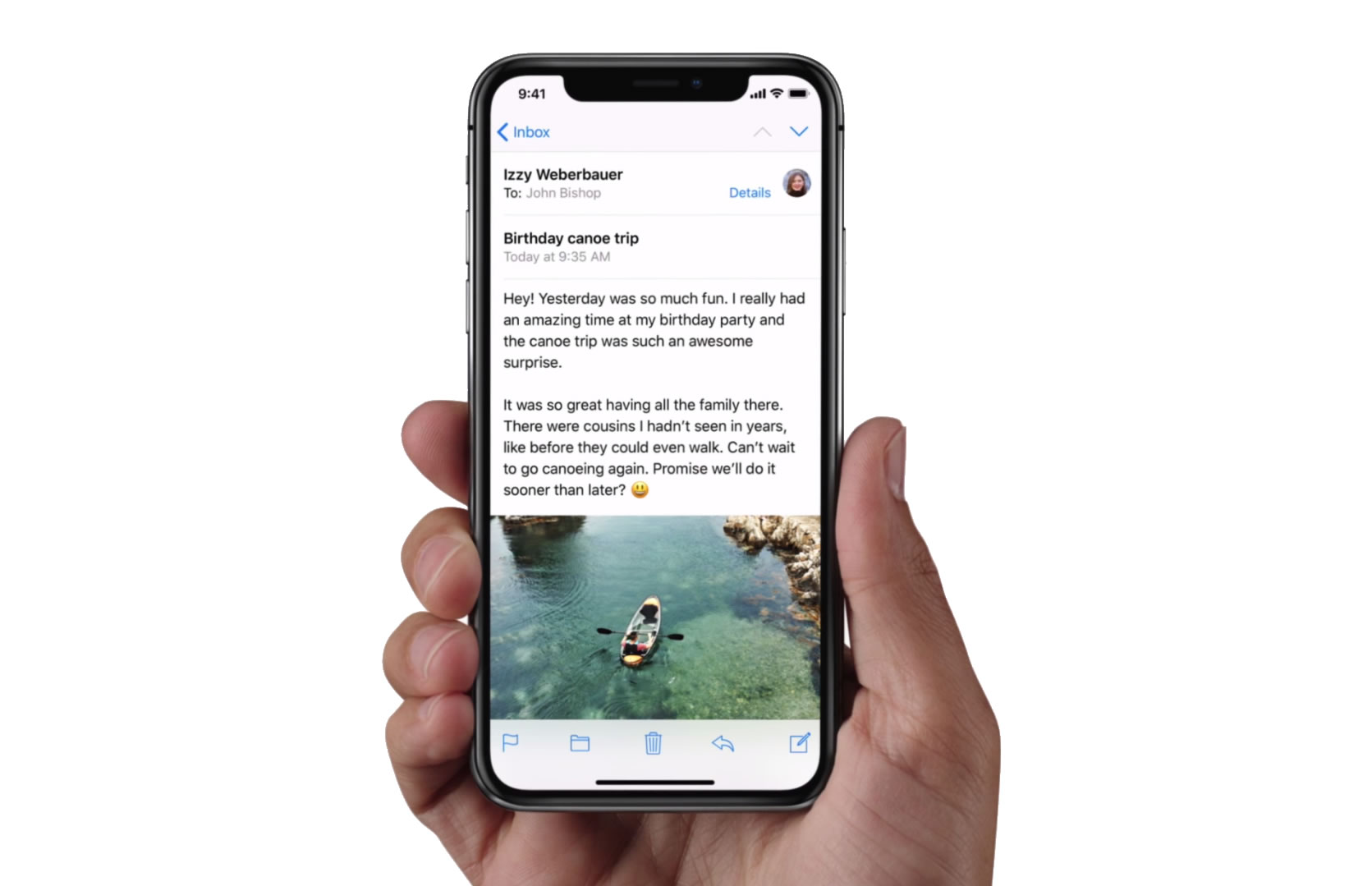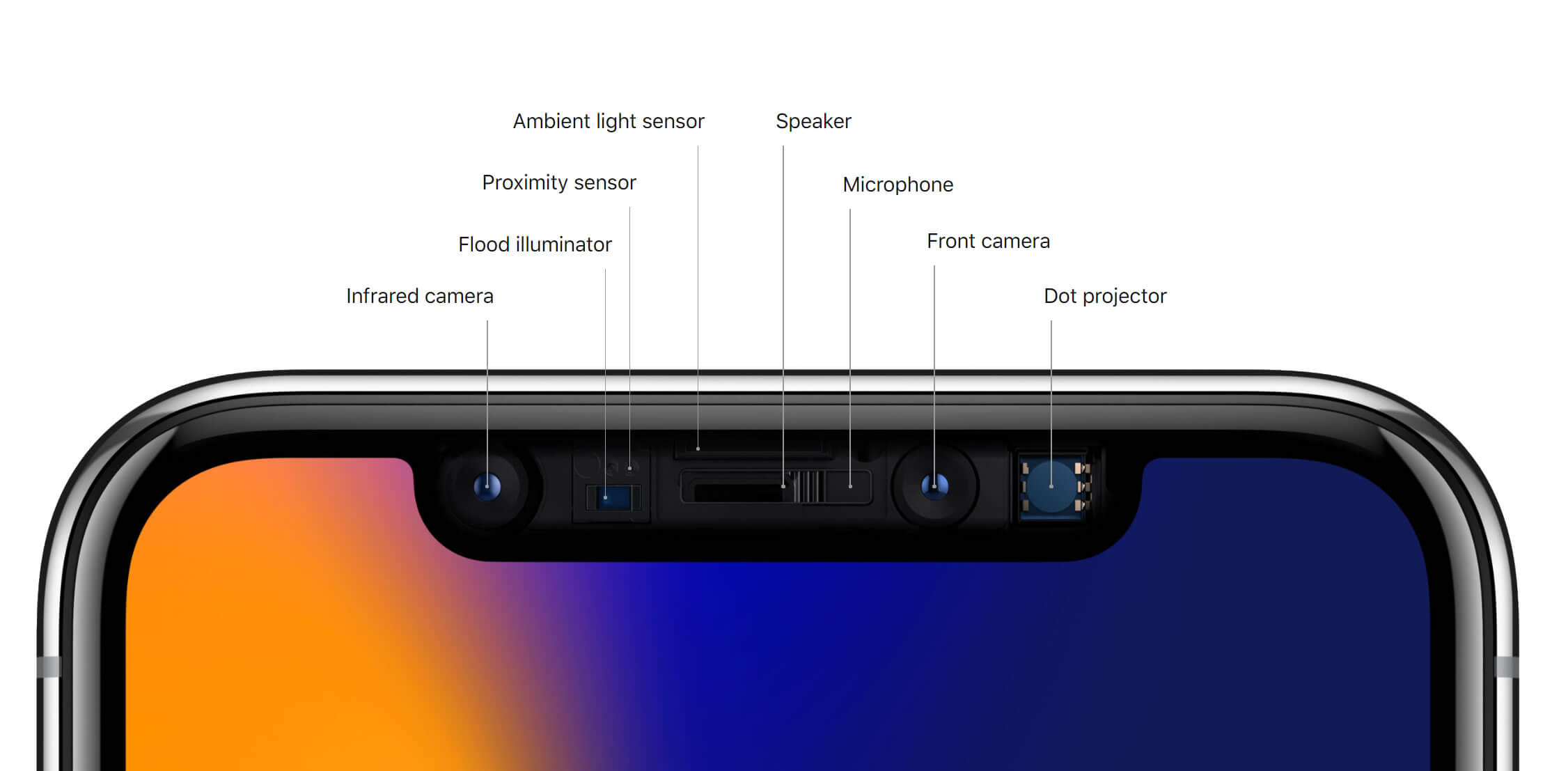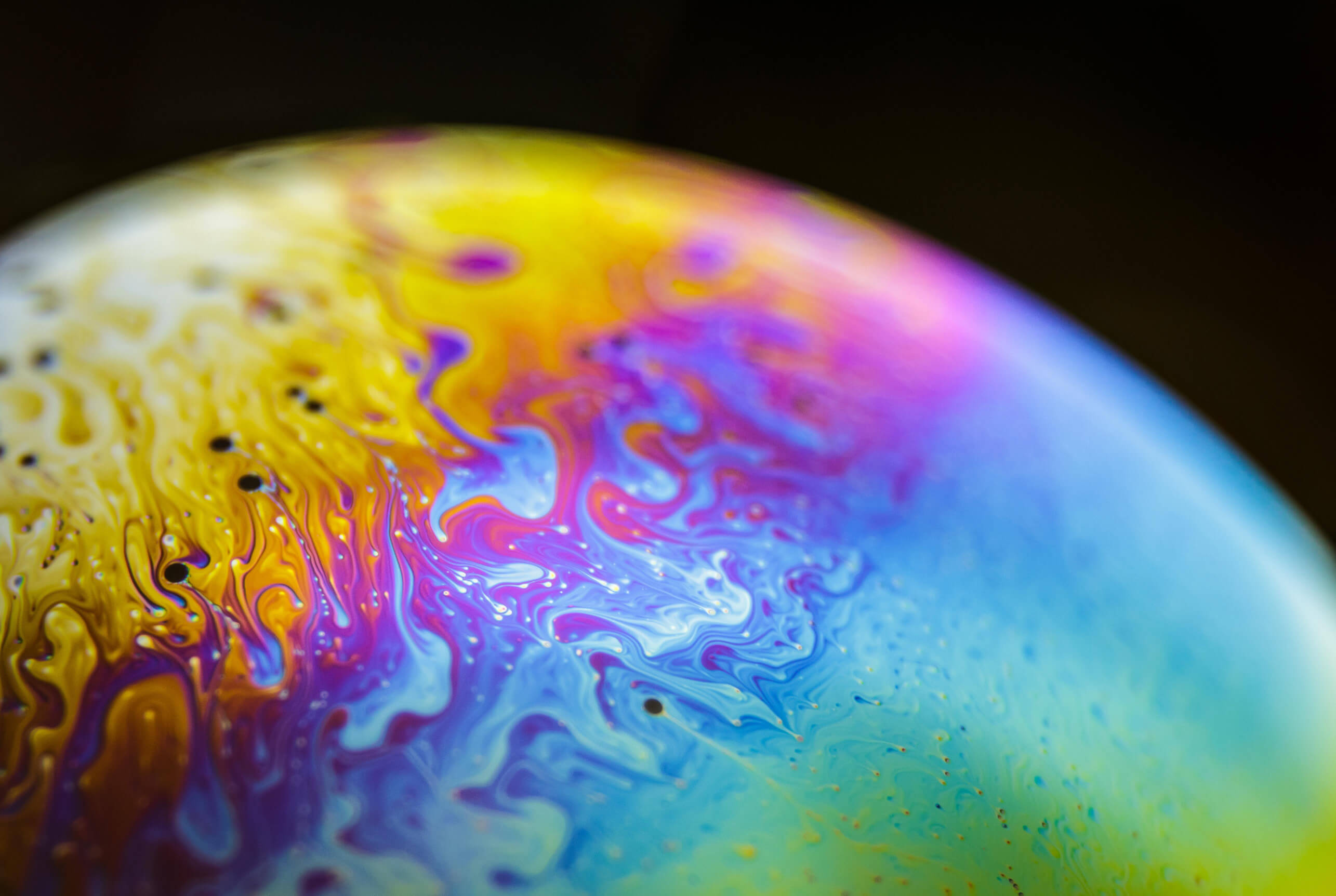With the long-awaited iPhone X now official and set for release in November, tech conversation will be saturated in the weeks to come on how good the phone will be, what it brings to the table (or doesn't), how will it compare to the best of Android, whether people will fork over $1,000 for a new phone, and the list goes on.
But those questions aside, on September 12 Apple confirmed that more than a tech icon, it's become a cultural phenomenon. The company's message extends beyond the boundaries of tech in a way very few in the history of the industry have achieved. It starts with the anticipation and the showmanship, a trait Apple has been known for for over two decades. This year the company was also debuting its amazing new campus, which went swimmingly along the usual gimmicky yet effective delivery of product message.
The term 'reality distortion field' was coined as far back as 1981 to describe how Steve Jobs' keynotes had a convincing effect on those developing for the original Macintosh. Today, in his absence, the show has suffered but Apple's effect is still felt throughout the most diverse groups of people worldwide, creating buzz and conversations even in the most unimaginable non-tech circles.

With such potential for truth bending, we've put together a short list of our thoughts and implications now that Apple's latest is out of the bag, not in their words but ours:
- iPhone X is not the future: Considering Apple's track record, that ugly notch is not going away next year. In fact, the company will embrace it for now. But don't be deceived. Inside Cupertino, the number one priority will be about minimizing or getting rid of that notch completely in the next 1-2 generations by doing the logical thing: have a minimal top bezel and a complete rectangle screen. If confronted with the question: would Steve Jobs have allowed the iPhone X "notch" design? Many believe that'd be a resounding no.
- In establishing and embracing the notch, Apple made the deliberate decision to do a near-full display phone without sacrificing on durability so badly – unlike Samsung's (subjectively more beautiful) yet very fragile curved screen phones.
- A year or two from now Apple will try to sell you the "same phone" with less or no notch and tell you it's magical.
Long time rumors indicate that both Apple and Samsung have been working on a fingerprint reader that works on the display, but so far they haven't been successful. Thus creating the trade-off in this last phone generation by removing the Home button and gaining screen real estate, but at the expense of less than ideal authentication methods.

- If Apple is daring enough to call the iPhone 8 an all-new design, then I'll dare to say the opposite. iPhone 8 is the "same phone" as the 3-year-old iPhone 6 with better internals and wireless charging.
Now, wireless charging truly is a great feature to have. We know that because it's been available on over a dozen high-profile devices released in the last 2-3 years. Most notably, on the last three generations of Samsung Galaxy S phones. The good news though is that with iPhones adopting the same Qi standard, not only will it enjoy an already established platform, but it'll also drive mainstream adoption for wireless charging everywhere.
- Apple will make you pay handsomely for extra memory (again). 64GB is good as a base but no memory expansion means you can't pay $35 for an extra 64GB microSD card. Instead you are faced with the option of paying $150 more to go from 64GB to 256GB, thus an iPhone X with memory to spare will set you back $1150.
- That price. If you're willing to spend upwards of $2,000 on a high-end workstation laptop (or desktop), a capable mobile device that is the primary computing device for many, sure can sell for $999+. It's not about cost of manufacturing or even prestige – even though that's a factor – it's about elasticity of demand. If proved right, Apple will have established a new pricing segment for their current flagship phone and those that follow.
- A brief list of key features that are making it to iPhone X months or years later than the competition include: a thinner bezel / "edge-to-edge" display, wireless charging, OLED display, fast charging, 64GB base model, AR support.

- Apple's A11 "Bionic" processor used in the iPhone X and iPhone 8 sounds like yet another gimmick. But it turns out this SoC developed in-house by Apple is one of the most impressive technical features you will find in the new phones. That goes for both the chip's performance and efficiency. In fact, the A11 is reaching such an impressive performance output that many suggest the next step for Apple would be to drop Intel and put one of these SoCs on its MacBook line.
Just like they transitioned OS X from PowerPC to Intel many years ago, we bet Apple's already got macOS running smoothly on the iPhone platform, but the reason they don't make switch (for now) is that given the manufacturing constraints, they're better off selling more profitable iPhones than they do laptops. - For the time being, the TrueDepth front facing camera will be unique to the iPhone X (not available from Android devices either). It will come accompanied by Face ID and animojis, the latter of which have the potential of becoming the #1 killer feature of the new iPhone if users adopt them en masse.
- Users who simply are simply looking for an "iPhone experience" on a budget should look into the iPhone 6S at $450 as their best value bet. Considering the average iPhone user doesn't really care about performance increases, and these increases are barely noticeable in day to day tasks, you will forgo other incremental upgrades to the camera or water resistance, but essentially get the same basic phone for less. Oh, and get the 3.5mm headphone jack back in the process.
